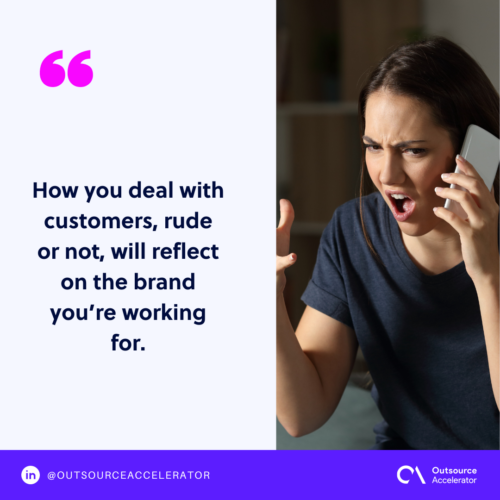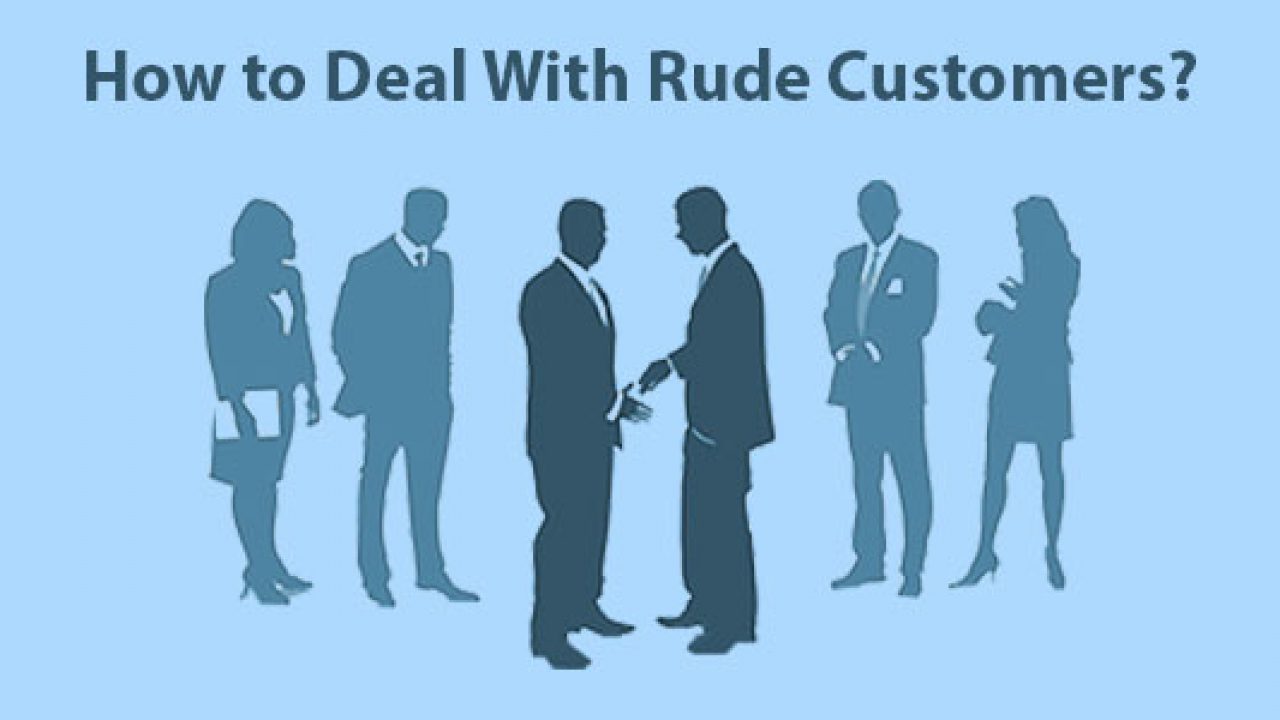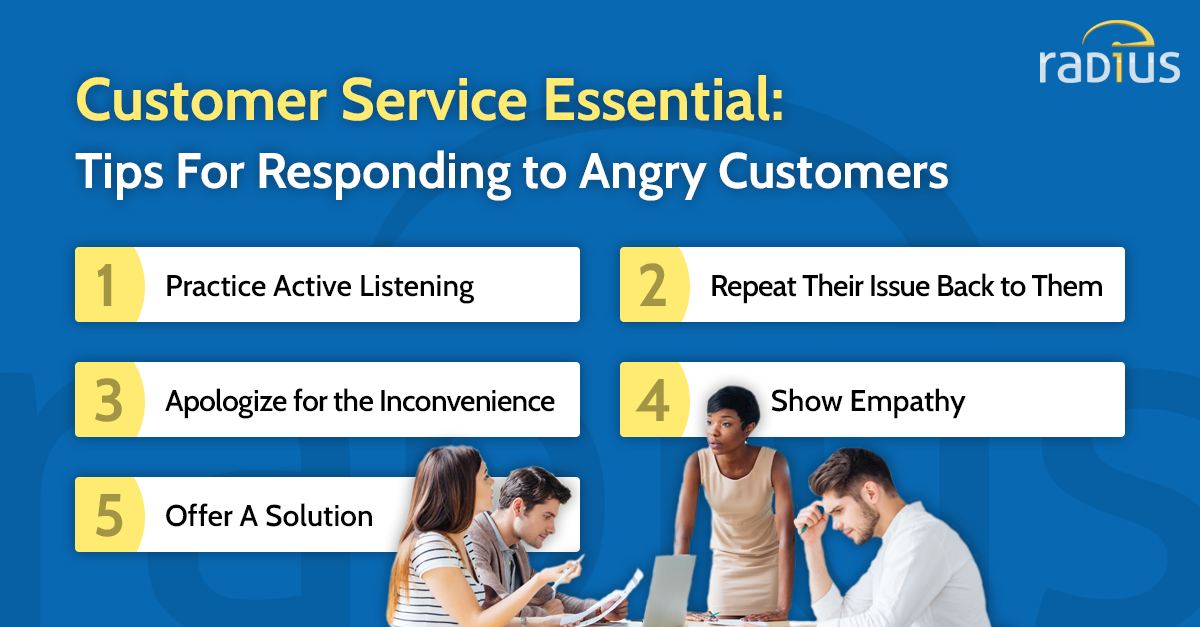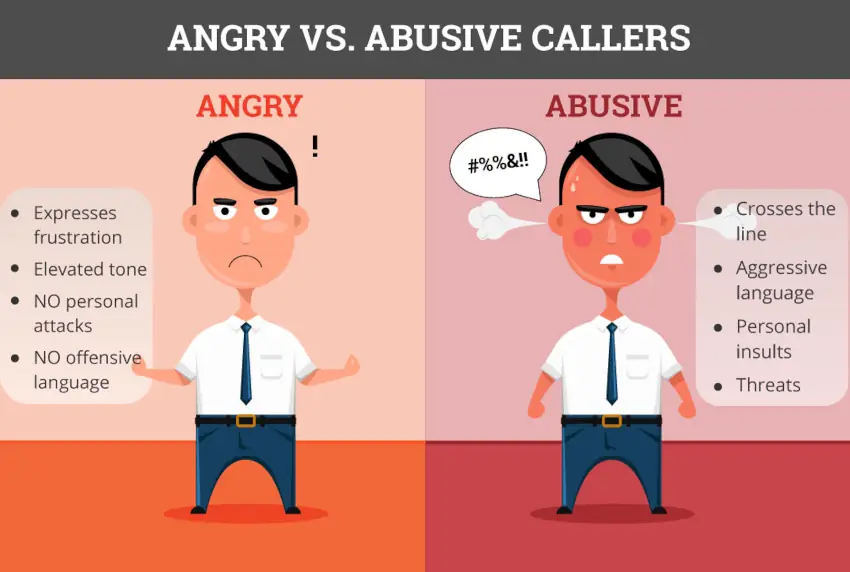How Would You Handle A Rude Customer

Dealing with a rude customer is an inevitable challenge in any customer-facing role. Surveys consistently show that frontline employees regularly encounter disrespectful behavior, and how businesses train their staff to navigate these situations can significantly impact customer retention and employee morale. What strategies are most effective when a customer is being difficult?
This article explores practical methods for handling rude customers, drawing upon expert advice and industry best practices. It examines techniques for de-escalation, maintaining composure, and finding resolutions that satisfy both the customer and the business. Understanding these strategies is crucial for anyone working in retail, hospitality, or any service-oriented industry.
Understanding the Root Cause
Often, rudeness stems from frustration rather than personal animosity. Customers might be reacting to a previous negative experience, a misunderstanding, or simply a bad day.
By trying to identify the underlying issue, employees can shift from a defensive stance to a problem-solving approach. This involves active listening and showing empathy.
Active Listening and Empathy
Active listening is paramount. This means paying close attention to the customer's words, tone, and body language.
Rephrasing their concerns ("So, if I understand correctly, you're saying...") assures them that they are being heard. Demonstrating empathy, even if you don't agree with their perspective, can diffuse tension.
Acknowledge their feelings by saying things like, "I understand why you're upset."
De-escalation Techniques
When faced with hostility, maintaining a calm and professional demeanor is critical. Reacting defensively or arguing will only escalate the situation.
Speaking in a calm, even tone and avoiding confrontational language can help to de-escalate the interaction. It's important to remember that the goal is to resolve the issue, not to win an argument.
Setting Boundaries
While empathy and understanding are important, it's equally crucial to set boundaries. No employee should be subjected to abuse or personal attacks.
Clearly communicate that while you want to help resolve their issue, disrespectful behavior will not be tolerated. This can be done firmly but politely.
For example, “I understand you’re frustrated, but I need you to speak to me respectfully if we’re going to find a solution.”
Finding a Resolution
Once the situation is de-escalated, focus on finding a solution that meets the customer's needs, while also aligning with company policy.
This might involve offering a refund, a discount, an exchange, or another form of compensation. Empowering employees to make decisions within reasonable limits can improve customer satisfaction and streamline the resolution process.
Knowing When to Escalate
There are instances when an employee cannot resolve the situation alone. Recognizing when to involve a supervisor or manager is essential.
This could be due to the complexity of the issue, the customer's continued hostility, or a violation of company policy. Having a clear escalation protocol ensures that these situations are handled appropriately.
The Impact of Training
Investing in comprehensive customer service training is vital for equipping employees with the skills and confidence to handle difficult situations. Training programs should cover active listening, de-escalation techniques, conflict resolution, and company policies.
Role-playing scenarios can help employees practice these skills in a safe environment. According to a study by The Wharton School, companies with strong customer service training programs experience higher customer retention rates.
Protecting Employee Well-being
Dealing with rude customers can take a toll on employee well-being. Employers should provide support mechanisms, such as debriefing sessions or employee assistance programs, to help employees cope with the emotional impact of these interactions.
Creating a supportive work environment where employees feel valued and respected is crucial for maintaining morale and reducing employee turnover. A positive work environment fosters better customer interactions and ultimately, a more successful business.
In conclusion, handling a rude customer requires a combination of empathy, de-escalation techniques, and a commitment to finding a resolution. By providing employees with the necessary training and support, businesses can turn potentially negative experiences into opportunities to build customer loyalty and strengthen their brand reputation. Remember that while the customer is always important, the well-being of your employees matters just as much.


















